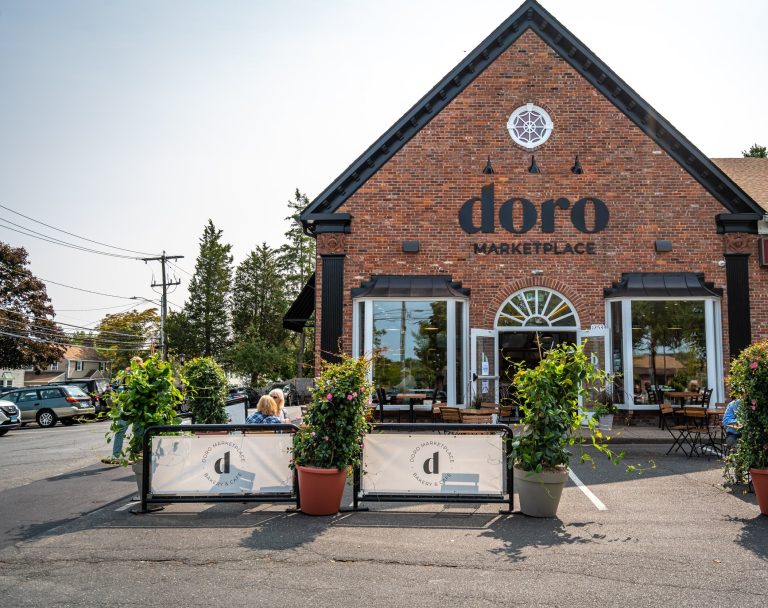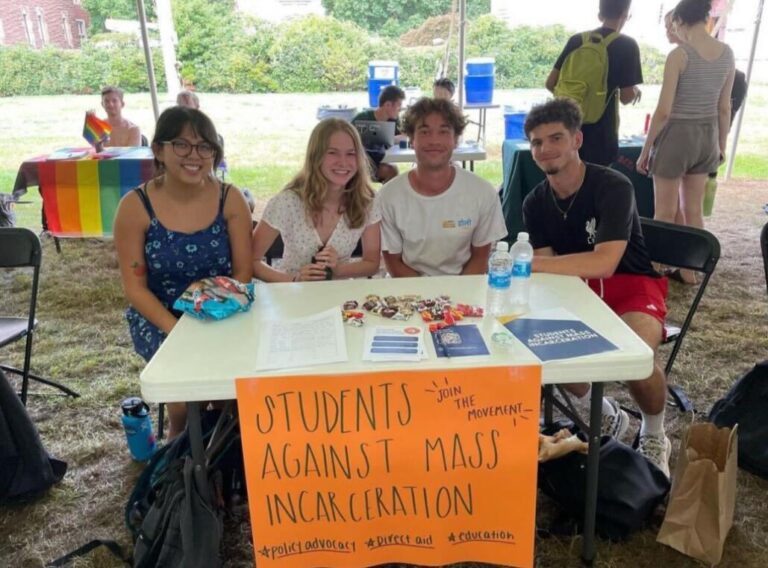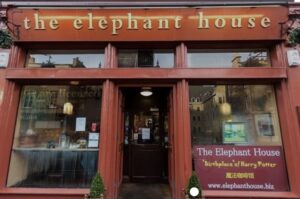Abbey O’Leary ’24
Contributing Writer
St. Patrick’s Day, now a secular, cultural holiday here in the United States, has not always been celebrated this way. For the past millennium, St. Patrick’s Day has been a Christian holiday, honoring Ireland’s patron saint, Patrick, on the anniversary of his death. The holiday on March 17th was not always Christian. In fact, it was previously a pagan holiday, Ostara, or the Spring Equinox, celebrating nature’s rebirth and balance of the universe, both night and day of equal length.
During the fifth century, Saint Patrick, born in Roman Britain, was brought to Ireland as a slave. As an older man, having escaped from his captivity, he returned to Ireland as a missionary. He was successful in his efforts to transition Ireland from paganism to Christianity, depicted as driving the “snakes” out of Ireland, commonly believed to be a metaphor for the Druids and pagans.
Following this conversion to Christianity, Patrick was declared patron saint, and St. Patrick’s Day took precedent over Ostara. For centuries, St. Patrick’s Day was a deeply religious holiday and Irish Christians honored it by going to church during the day and celebrating in the evening by breaking Lent to feast, drink, and dance in his honor.
The identity of St. Patrick’s Day changed yet again in the seventeenth and eighteenth centuries as America began to be colonized and traditions and rituals were brought over the pond. It is believed that in the early seventeenth century, the first parade and secular celebrations began in the United States in an effort made by early Irish Americans to recognize their roots and heritage.
The American tradition of the parade was fully established in the late eighteenth century when Irish soldiers stationed in New York marched through the city on March 17th to honor their home and culture. As increasing numbers of Irish immigrants came to the United States during the late eighteenth and early nineteenth centuries, Irish national spirit and pride spread throughout American culture. Foundations established for “Irish Aid” helped to institute regular traditions to commemorate Irish culture. These early Irish Americans, however, came from Protestant middle-class backgrounds, and their recognition of Irish culture remained secular and tame. It was not until The Great Potato Famine in 1848 that over a million Catholic Irish immigrants flooded into the United States.
This influx was demonized in American social culture, and St. Patrick’s Day was depicted as a day that these immigrants became drunk and violent. However, as the numbers of immigrants rose, so did their unity. They realized that joined together, they held an untapped political power, known as the “green machine,” which became a large voting block that had considerable power in swing votes. Through this cultural bonding and rise to power, St. Patrick’s Day became a holiday to celebrate Irish strength and pride.
Today, St. Patrick’s Day remains a secular holiday in the United States, known for its parades, attracting millions of people in cities across the country, and as a holiday for partying, symbolized by shamrocks and leprechauns. However, even this iconography cannot be fully extracted from its religious roots. The shamrock, or Irish clover, was established as a symbol for the Holy Trinity by St. Patrick himself, and the leprechaun has ties back to paganism, originally mischievous fairy spirits in Irish folklore.
Though its meaning has changed over time and location, St. Patrick’s Day has become a cultural landmark and a holiday of immense pride throughout the world, adopting different meanings and celebrations to become a universalized celebration.










Jacques Jay Burnett: God loved the Irish especially if they’re Catholic
Sorry but incorrect I do believe. Ostara is a Germanic Pagan holiday which Celtic (Irish) Pagans did not celebrate nor probably ever even knew of way back when. Ostara belongs to Asatru/Germanic Heathenry not Druidry/Celtic Paganism (which is also amazing) and it also does not really belong to Wicca either as Wicca basically co-opted a blend of Germanic and Celtic Pagan holidays for their “wheel of the year”. Cool article just the same though. Cheers!
Gracias por la historia, no sabía el origen de esta celebración irlandesa y su importancia en los EEUU. Siempre lo que tenga que ver con la enseñanza de la existencia de Jesucristo es digna de celebración en donde quiera que sea y la nacionalidad que sea…bravo👏
This influx was demonized in American social culture, and St. Patrick’s Day was depicted as a day that these immigrants became drunk and violent. However, as the numbers of immigrants rose, so did their unity. They realized that joined together, they held an untapped political power, known as the “green machine,” which became a large voting block that had considerable power in swing votes. Through this cultural bonding and rise to power, St. Patrick’s Day became a holiday to celebrate Irish strength and pride
This theory reminds me of Biden allowing so many illegal immigrants in so he can win again… not the green machine but the illegal immigrant machine….biden claims to be Irish.